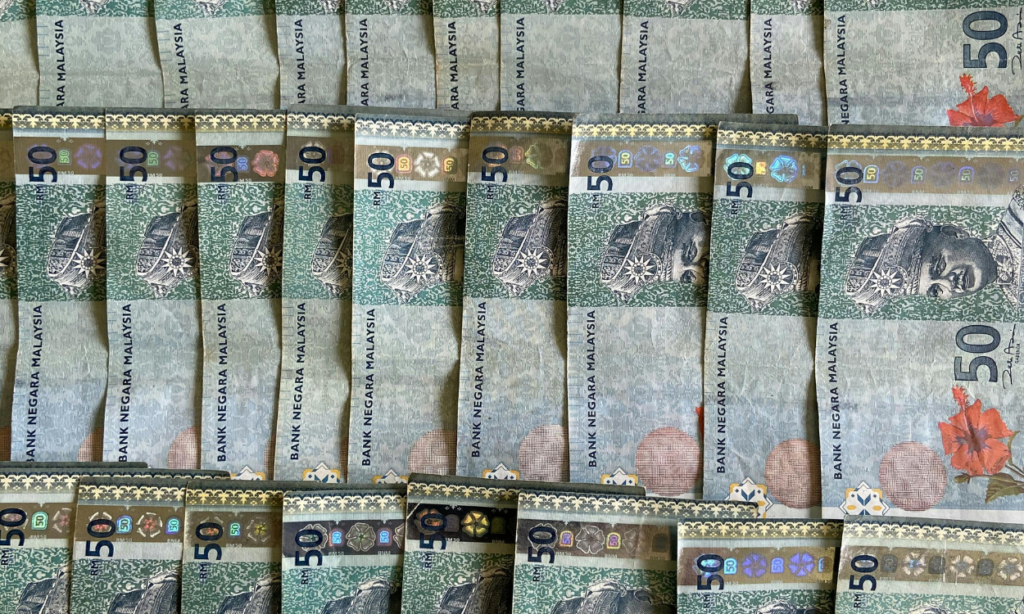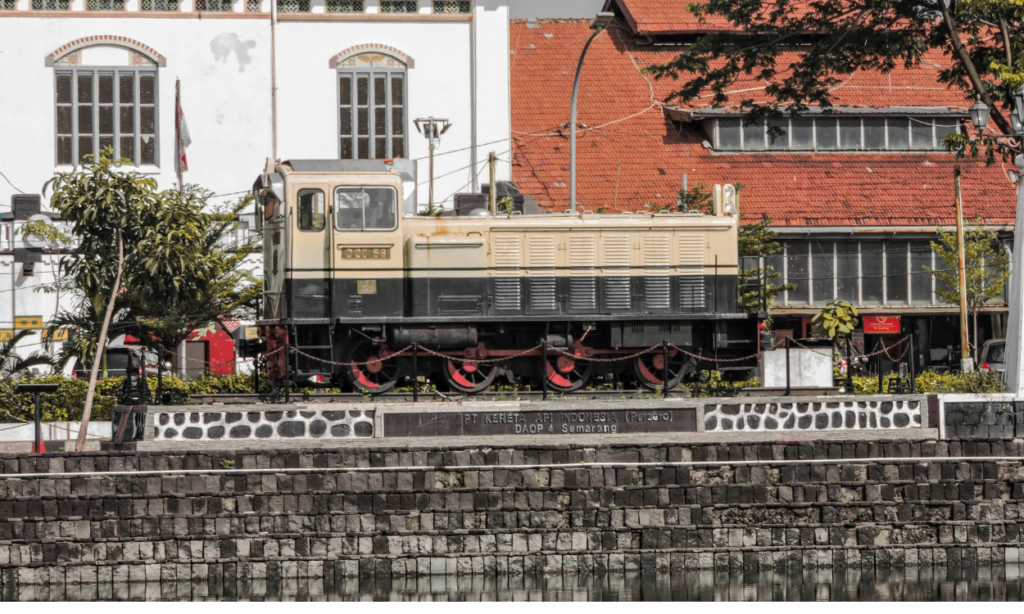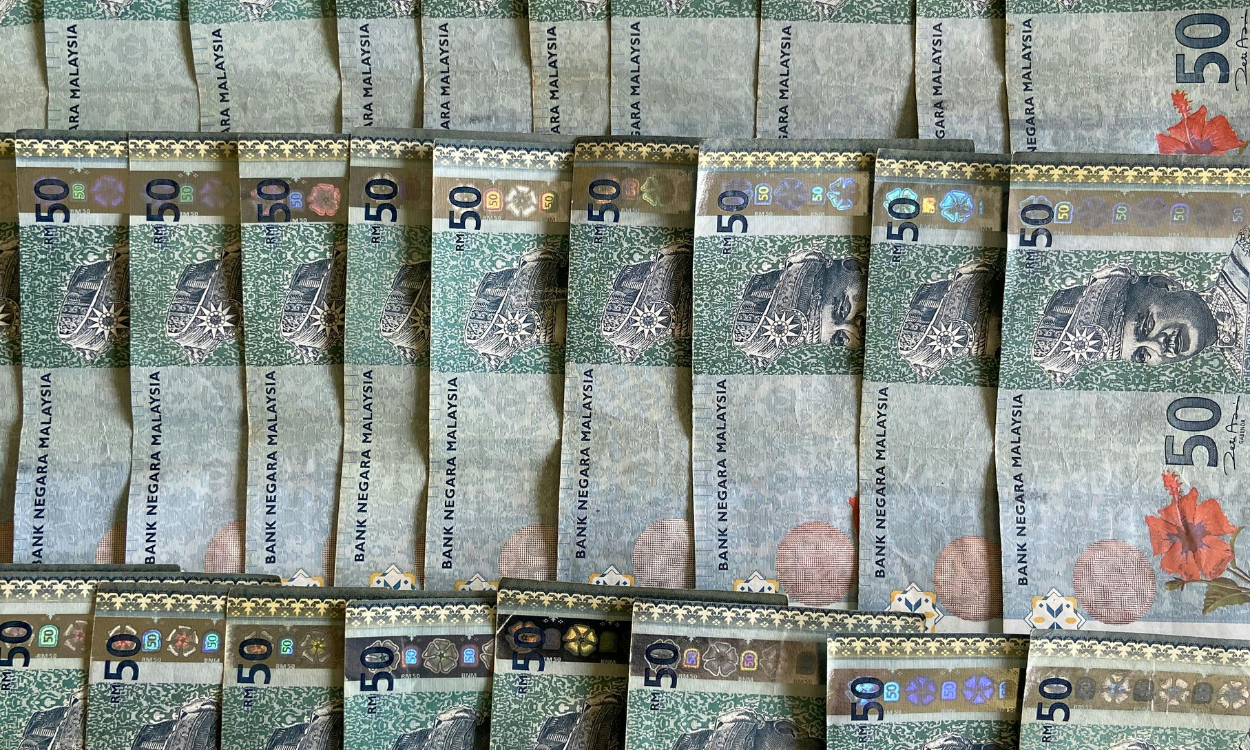Power and Prosperity: Unveiling the Forces Shaping Economic History
The relationship between power and prosperity has been a fundamental force shaping the economic history of nations, empires, and civilizations. Over time, economic prosperity has been intricately tied to the consolidation and exercise of power, with rulers, governments, and institutions playing pivotal roles in guiding the course of development. Whether through military dominance, technological innovation, or strategic resource management, the combination of power and prosperity has created the bedrock upon which societies have flourished. This article delves deep into the forces that have shaped economic history and how power and prosperity have intertwined to influence global growth, stability, and inequality.
Table of Contents

The Ancient Foundations of Power and Prosperity
In ancient civilizations, power and prosperity were often determined by a combination of territorial control, military strength, and resource accumulation. The Egyptians, Mesopotamians, and Romans showcased how power and prosperity could be intertwined, as their rulers exercised dominion over vast lands, resources, and populations. The economic prosperity of these empires was largely driven by their ability to control and exploit fertile land, establish trade routes, and levy taxes on their citizens and conquered territories. The prosperity enjoyed by the ruling classes was built upon the back of power, which allowed them to maintain social order and ensure economic growth.
In ancient Rome, for instance, the state’s prosperity was tied to the expansion of its empire. Through conquest and colonization, Rome acquired resources, wealth, and slave labor, which became essential to its economy. Power and prosperity in the Roman Empire were symbiotic: military might fueled economic gains, while economic stability helped to consolidate political power.
The Role of Trade in Economic History
Trade has been one of the most significant driving forces in shaping the course of economic history. Power and prosperity in this context were no longer limited to the boundaries of nations but were extended through international connections and the establishment of trade routes. The Silk Road, which connected the East and West, epitomized how economic prosperity could be enhanced through cross-border exchanges.
For centuries, empires such as the Ottoman, Persian, and Mongolian built their power and prosperity by controlling key trade routes, facilitating the exchange of goods, ideas, and cultures. The wealth generated through trade allowed these empires to grow and consolidate their power. Prosperity was no longer confined to the ruling elite but also extended to the merchant classes, who became influential economic players. Trade networks spread prosperity to a wider population and solidified the economic foundations of societies. By controlling trade, nations could assert their influence and dominance on the global stage, leading to an expansion of both power and prosperity.

The Industrial Revolution: A Turning Point in Power and Prosperity
The Industrial Revolution marked a pivotal moment in economic history, where technological advancements propelled nations into new heights of power and prosperity. With the introduction of machinery, mass production, and new energy sources such as coal and steam, industrialized nations were able to produce goods at unprecedented scales, leading to rapid economic growth. The Industrial Revolution became a catalyst for the rise of modern capitalism and significantly altered the balance of power and prosperity.
Countries like the United Kingdom, Germany, and the United States harnessed the power of industrialization to cement their status as global economic powers. Industrialization allowed them to dominate world trade, secure access to raw materials, and expand their military capabilities. In turn, this led to a redistribution of wealth, creating a middle class and fostering consumer-driven prosperity.
The relationship between power and prosperity during the Industrial Revolution was characterized by a dynamic interaction between innovation, capital accumulation, and state power. Governments played a crucial role in supporting industrialists through policy, infrastructure investment, and protectionism, ensuring the continued accumulation of wealth and growth of national power.
Colonialism: A Complex Interplay of Power and Prosperity
Colonialism represents a complex chapter in economic history, where power and prosperity were often achieved through exploitation. European powers like Britain, France, Spain, and Portugal established colonies across Africa, Asia, and the Americas, extracting wealth and resources from these regions to fuel their own prosperity. The quest for economic dominance through colonialism showcased the darker side of the power and prosperity relationship, as local populations were subjugated, enslaved, and exploited for the benefit of foreign powers.
While colonialism enriched European nations and strengthened their global influence, it also created economic disparities that persist to this day. Power and prosperity in the colonial context were often one-sided, with the colonizers benefiting at the expense of the colonized. The wealth extracted from colonies allowed European nations to industrialize and grow economically, but it also laid the groundwork for economic inequality between the developed and developing world.
The Rise of Global Institutions and Economic Power
In the 20th century, power and prosperity took on new forms as global institutions like the United Nations, World Bank, and International Monetary Fund (IMF) emerged to guide international economic policy and development. These institutions played key roles in shaping global economic history, providing frameworks for international cooperation, development assistance, and trade regulation. Power and prosperity were increasingly influenced by diplomacy, financial stability, and the ability to navigate complex global markets.
The post-World War II period saw the rise of economic superpowers like the United States and the Soviet Union, both of which exerted their power and prosperity through different ideological frameworks. The capitalist West, led by the United States, championed free markets, trade liberalization, and innovation as the drivers of prosperity, while the socialist bloc, led by the Soviet Union, focused on state control and central planning as pathways to economic success.
The collapse of the Soviet Union in 1991 marked the dominance of capitalism as the primary economic model shaping global power and prosperity. The integration of global markets, technological advancements, and the rise of multinational corporations further cemented the interdependence between power and prosperity in the modern era.
The Modern Global Economy: Power and Prosperity in the 21st Century
Today, the forces shaping power and prosperity have become increasingly complex. Globalization, technology, and finance have created new avenues for wealth creation and economic influence, while also introducing new challenges like inequality, environmental degradation, and political instability.
In the 21st century, emerging economies like China and India have risen to prominence, challenging the traditional Western dominance of global power and prosperity. These countries have leveraged their populations, technological innovation, and state-backed industrial policies to assert their influence on the world stage. Power and prosperity in the modern era are increasingly shaped by the ability of nations to adapt to changing economic landscapes, from digital economies to renewable energy transitions.
Conclusion
Power and prosperity have been inseparable forces throughout economic history, shaping the rise and fall of empires, nations, and civilizations. From the territorial expansion of ancient empires to the technological breakthroughs of the Industrial Revolution, the interaction between power and prosperity has guided the course of global economic development. As the world continues to evolve, the relationship between power and prosperity remains central to understanding the forces shaping the future of global economics. Whether through trade, innovation, or diplomacy, the balance of power and prosperity will continue to define the trajectory of economic growth and societal progress for generations to come.





